
Africa is breaking apart. According to geologists, it’s not science fiction but full-blown reality. This phenomenon will eventually lead to a new ocean, altering the landscape and ecosystems of the continent. Let’s investigate this incredible natural phenomenon and its consequences for the future.
The East African Rift: A Geological Marvel
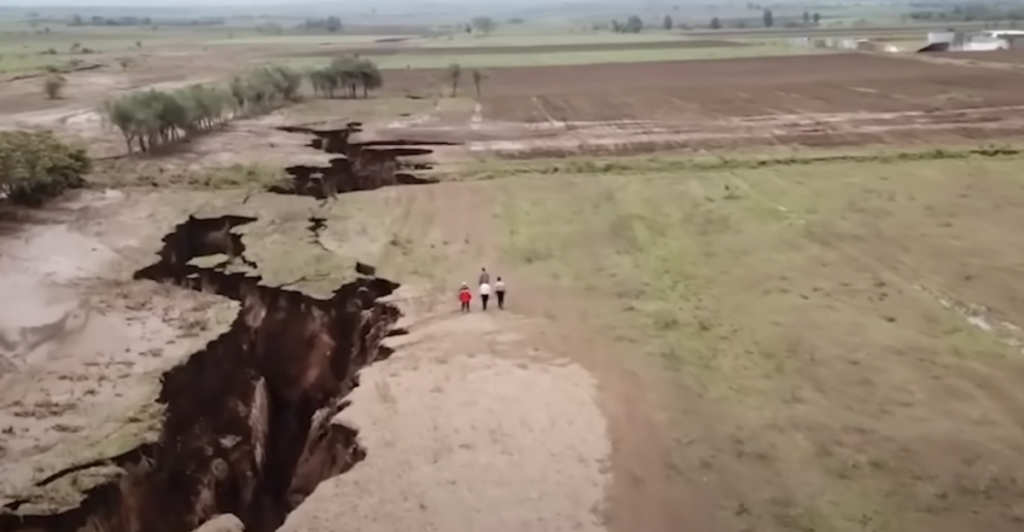
Stretching from Ethiopia to Mozambique, the East African Rift connects three tectonic plates. It’s central to the Nubian, Somali, and Arabian plates, which are diverging. This rift is one of the most spectacular geological structures on the Earth, and all scientists can do is just sit back and watch.
How Rifting Works
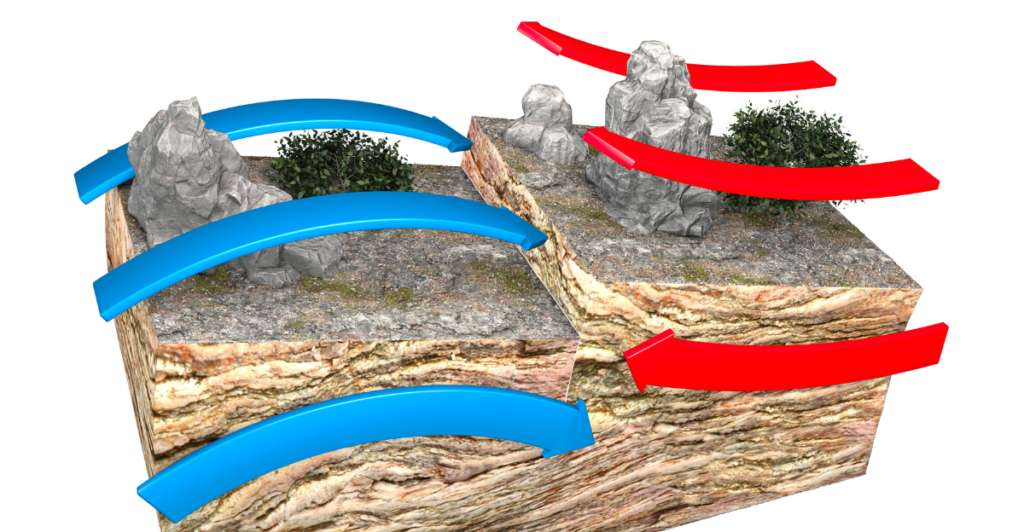
Rifting is a process wherein tectonic plates are pulled apart. This process produces fissures in the Earth’s crust, enabling magma to rise and form new land. In East Africa, this process has been taking hundreds of thousands of years. It will produce a new ocean basin.
Tectonic Plates in Motion
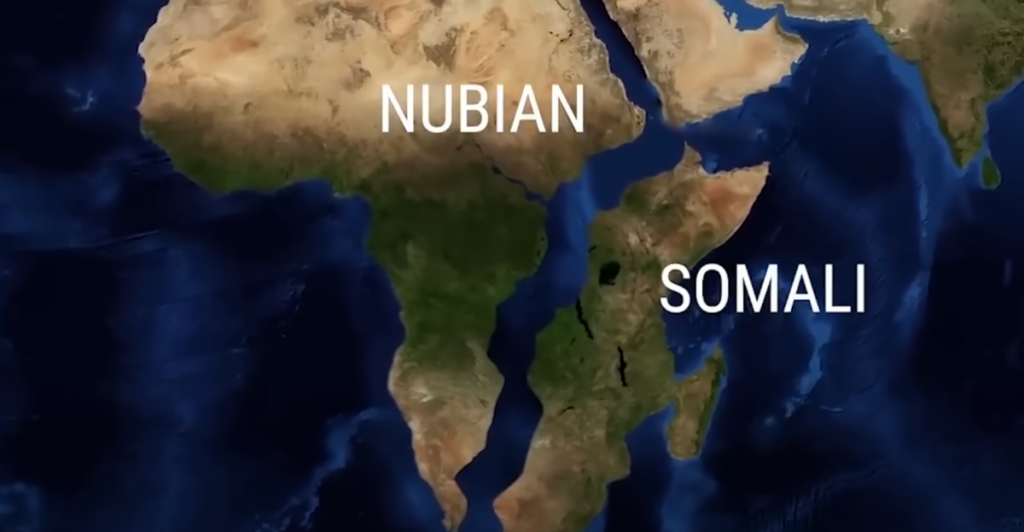
The Arabian Plate is moving westwards from Africa at a rate of approximately 1 in/year while the Nubian and Somali plates are moving apart at a relatively lower rate of 0.2–0.5 in/year. Although barely detectable, these motions are strong enough to move entire continents over millions of years.
The Future Ocean: A New Landscape
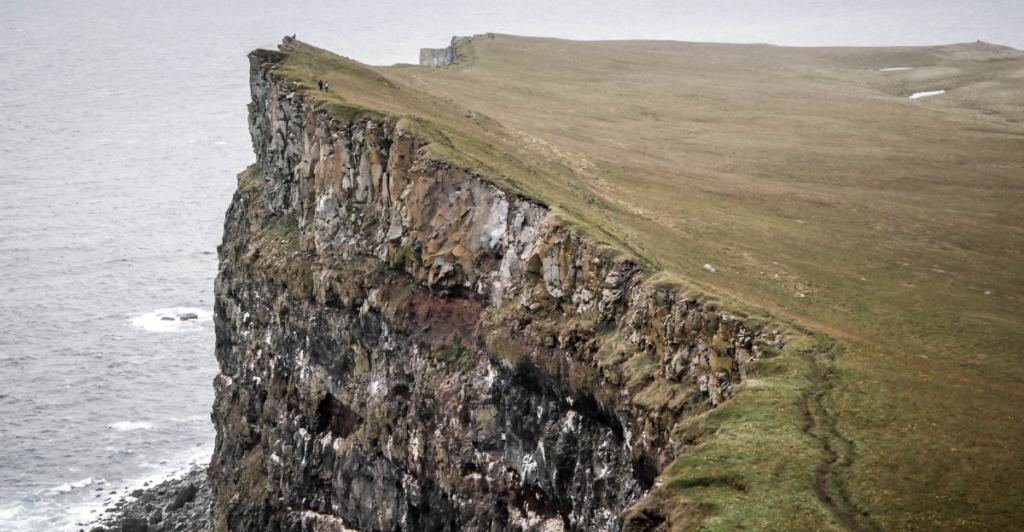
While the rift grows wider, seawater from the Red Sea and Gulf of Aden can eventually create a new ocean. In this event, East Africa will be subdivided into an independent landmass on the surface, and new coastlines and ecosystems will be reborn.
Local Impacts on Countries
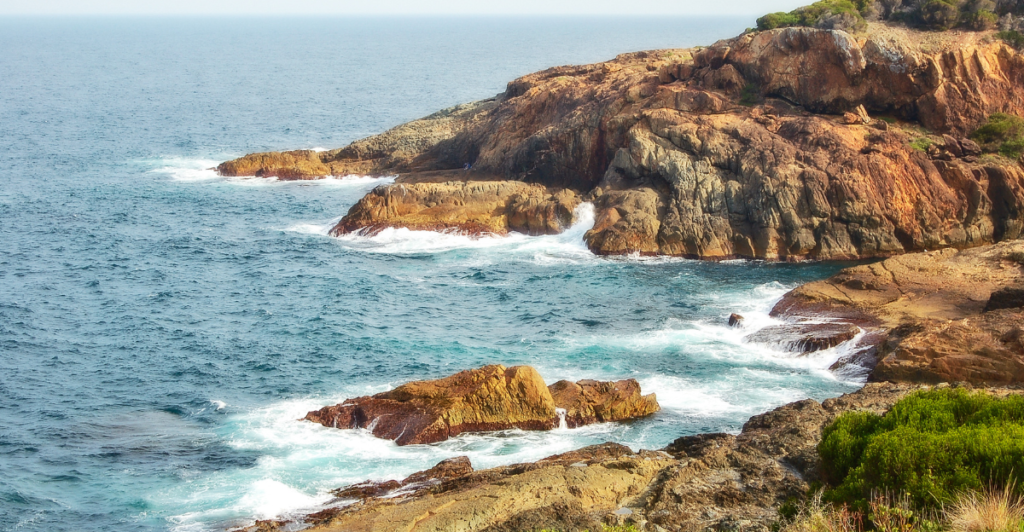
Landlocked countries, such as Uganda and Zambia, may birth new coastlines during Africa’s separation. While this could boost trade and tourism opportunities, it also poses challenges, such as population displacement and environmental shifts.
The Afar Region: Ground Zero for Rifting
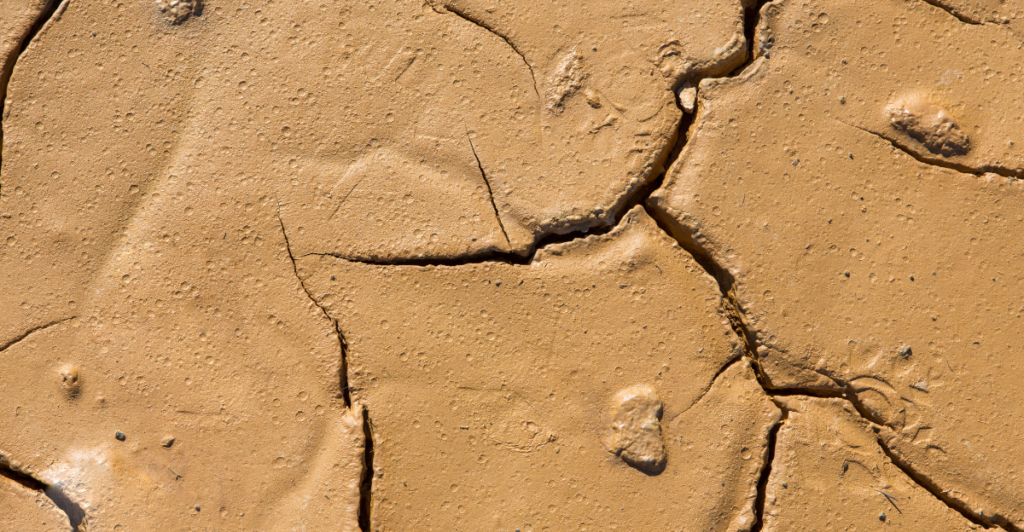
The geological drama is most visible in the Afar region of Ethiopia. Famous for its severe heat and volcanism, this region gives scientists important insights into how continents are torn apart and oceans are created on geologically long timescales.
Technology Revolutionizing Research
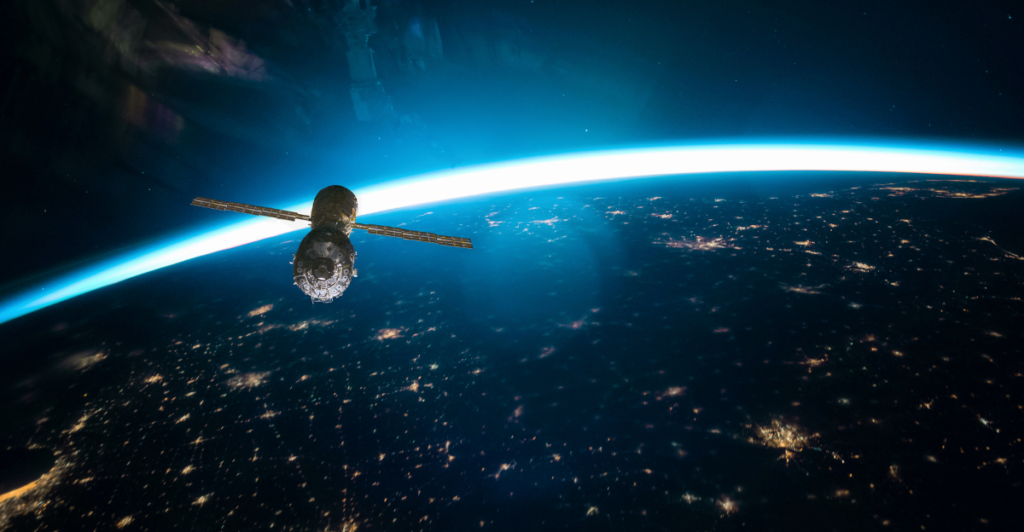
Modern tools like GPS measurements and satellite radar have transformed how geologists study tectonic activity. These technologies allow scientists to monitor plate deformations with precision, enhancing their understanding of rifting.
Magma’s Role in Rifting
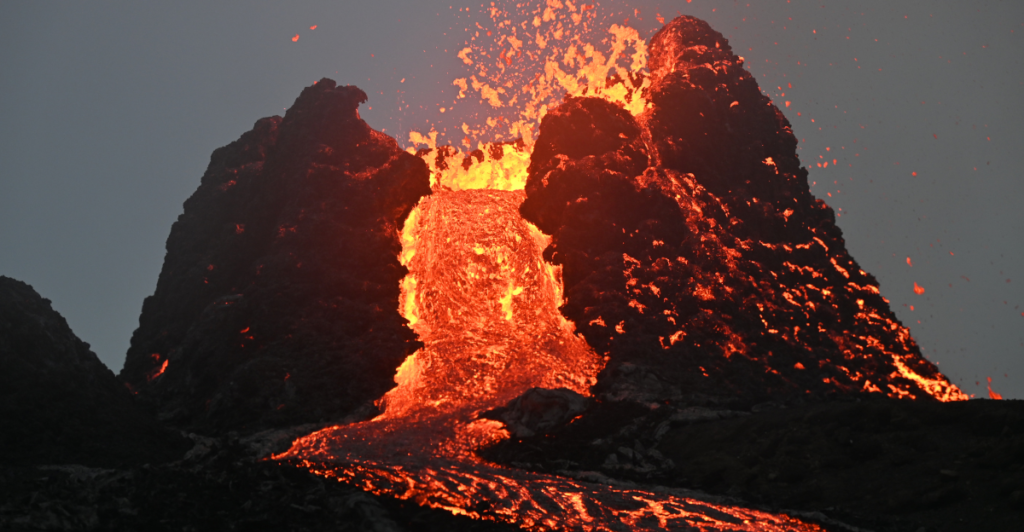
Magma directly causes rifting when it pushes up under Earth’s surface. The pressure stretches and fractures the crust. Over time, such processes lead to the formation of new landforms. This also increases tectonic plate separation, thus enabling oceanogenesis.
Timeline for Ocean Formation
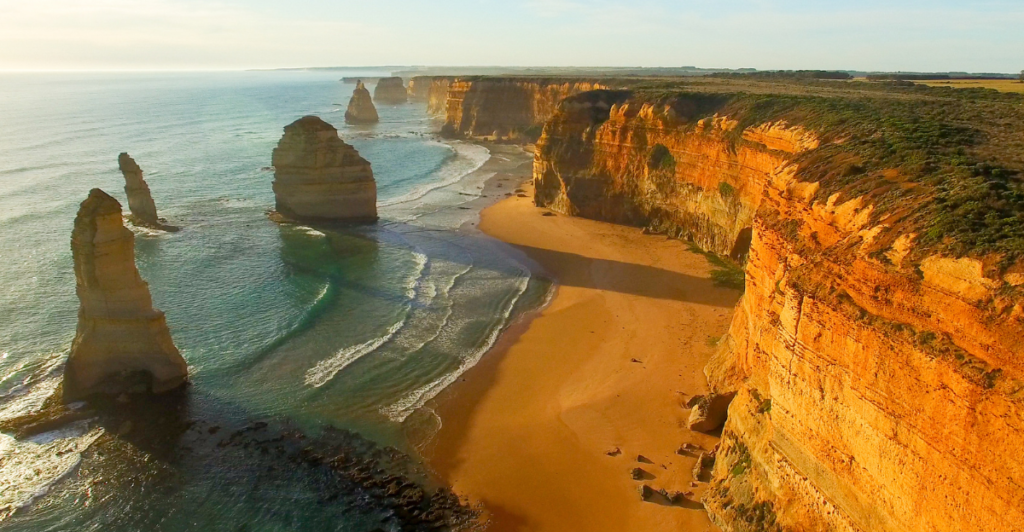
Don’t pack your bags just yet—geologists estimate it will take another 5–10 million years for a fully formed ocean to emerge in East Africa. This timeline highlights just how gradual tectonic movements are in sculpting our planet’s surface.
Ecological Impacts of a New Ocean
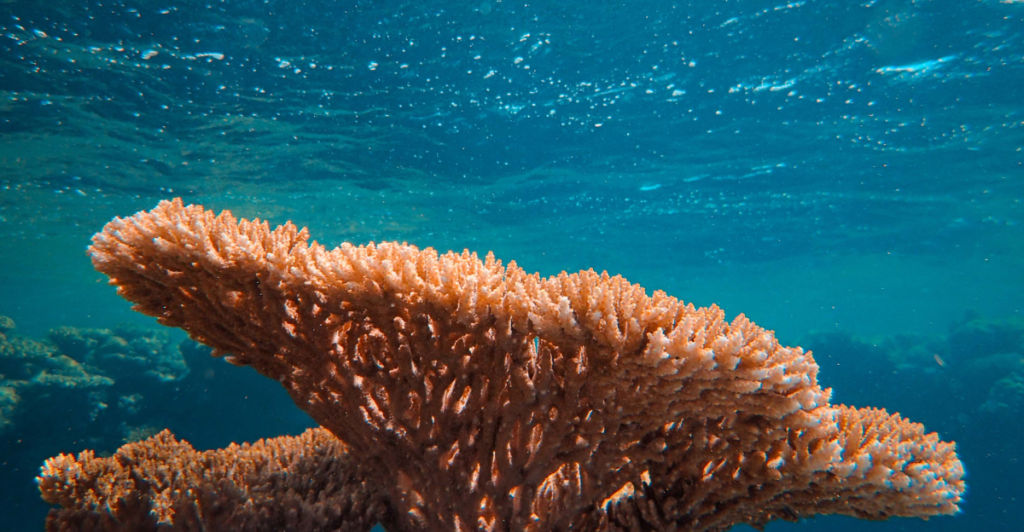
The phenomenon of new ocean formation will lead to deep ecological transformation. Saltwater inundation of previously arid areas will impact biodiversity, providing an advantage to certain species at the expense of others. Conservation will play an imperative role in managing these changes in a sustainable way.
Why It Matters Globally
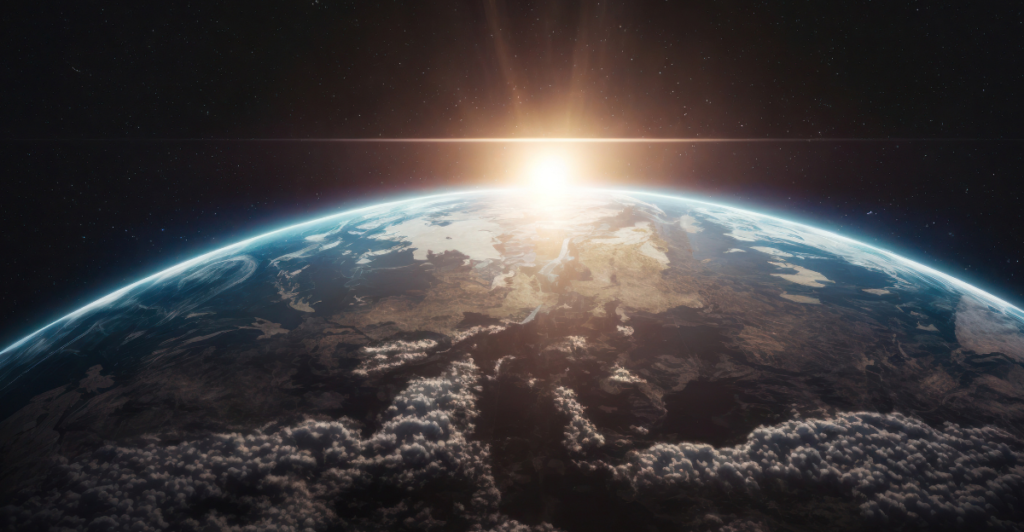
Africa’s rift isn’t just a local story; it’s part of Earth’s larger geological narrative. Studying this process helps scientists understand how ancient oceans, like the Atlantic, formed.
A Continually Changing Planet

Africa’s continental shifting reminds us that the Earth is not a fixed entity. It’s constantly changing. Although we may not be alive to watch this new ocean emerge, its creation provides a snapshot into our planet’s dynamic future.
Discover more of our trending stories and follow us to keep them appearing in your feed

California Is Breaking Apart: A Fault Line Is Forming Faster Than Anyone Predicted
California Is Splitting Apart: A Fault Line Is Forming Faster Than Anyone Predicted
The War on Cows Is Over—And Green Extremists Have Lost
There Will Be Eruptions”: Concerns Mount as Yellowstone Supervolcano Activity Shifts
References:
Reference 1
This article first appeared here
Stay connected with us for more stories like this! Follow us to get the latest updates or hit the Follow button at the top of this article, and let us know what you think by leaving your feedback below. We’d love to hear from you!







